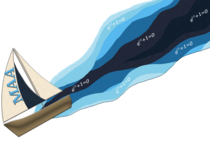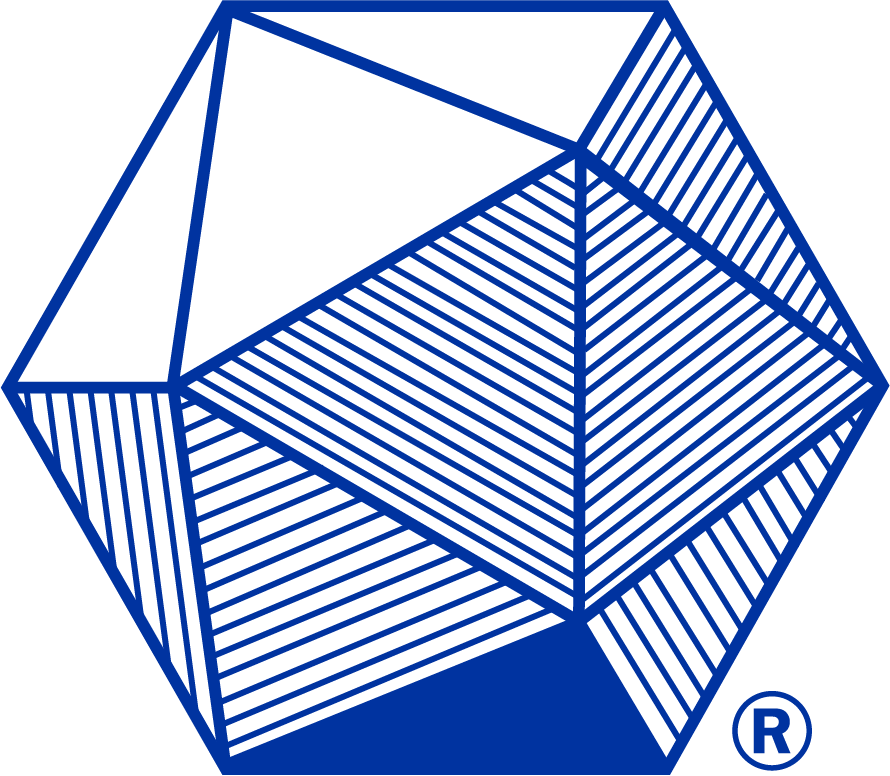The poster session will occur at the same time as the afternoon refreshments will be offered, and in the same location.
Saturday – Mar 29
Location: Hallway Outside IRC#3
-
- Time:
- 3:00 pm – 3:20 pm
- Title:
- Modeling COVID-19 Transmission Dynamics with Wastewater Surveillance Data
- Speaker:
- Michael Kostrna (Rochester Institute of Technology)
Abstract
Detecting the presence of COVID-19 within a population is often done through wastewater sample testing. The viral activity within wastewater has proven to have a direct correlation with the infected COVID-19 population, which is useful for predicting COVID-19 spread trends and outbreaks within a community. However, these predictions are commonly done through statistical methods rather than analytical ones. In this project, we create a mathematical model that can be used to predict the number of infected people within a pop- ulation given the amount of wastewater viral activity. The formulated model is of the SIRS-type using a system of differential equations that incorporate time delays. The model is applied to COVID-19 and wastewater sampling data for New York City and its boroughs for numerical analyses. The pre- dictions produced by the analyses of the model are in close agreement with the published data, which can justify future research on the subject utilizing techniques employed within our model.
-
- Time:
- 3:00 pm – 3:20 pm
- Title:
- Rithmomachia: A Medieval Math Board Game
- Speaker:
- Emily Petramale (SUNY Oneonta )
Abstract
Rithmomachia is a board game from Medieval Europe based on and exploring the art of arithmetic. SUNY Oneonta student Emily Petramale undertook to explore the history of Rithmomachia in a research paper in the course History of Mathematics with Dr. Toke Knudsen. At its height, Rithmomachia was more popular than chess, but the game is no longer known today. Petramale’s paper turned into a larger project in which Petramale and Knudsen explored the mathematical origins of the numbers involved in the board game and its connections to Medieval European society. The specific focus of the project is the use of the game Rithmomachia in modern day classrooms. Rithmomachia is an early example of gamification, that is, the use of games in teaching. It relies on arithmetic as taught in the works of the Roman philosopher Boethius (c. 480–524 AD). Boethius’s approach is no longer used, which is one of the reasons the game lost popularity. Since Rithmomachia is not commercially available, in collaboration with the art department, physical copies of the board game were designed from scratch using plywood and a laser cutter. These board games were used to teach a module on Rithmomachia, with an emphasis on the role of gamification in math classrooms, in Dr. Knudsen’s MATH 1030-01 and MATH 3010-01 classes in Spring 2024. Students have reported that they enjoy a change from the traditional lecture-style classes, and believe that with a few modifications, Rithmomachia could be a valuable asset to today’s classroom teaching.
-
- Time:
- 3:00 pm – 3:20 pm
- Title:
- Chasing Tessellations: Hollist's Exploration of Escher's Mathematical Legacy
- Speaker:
- Daniel Schlagel (SUNY Oneonta)
Abstract
The late J. Taylor Hollist (1936-2020), a faculty member at SUNY Oneonta from 1966 to 2003, was an expert on the Dutch artist M. C. Escher. Hollist explored the relationship between the fields of geometry, crystallography, mathematical group theory, and Escher’s artwork. After his retirement, Hollist gave a portion of his research materials on Escher to Toke Knudsen, a faculty member in the Department of Mathematics, Computer Science, and Statistics, and the rest of the materials were given to Knudsen after Hollist’s passing by Hollist’s family. Two SUNY Oneonta students, Katrina Blais and Daniel Schlagel, participated in an independent study with Toke Knudsen and Sophia Dunne from Milne Library to catalog Hollist’s research materials and create a finding aid for the collection. The dates of the materials range from 1922 to 2015. The materials include reproductions of Escher's artworks, copies of Escher's correspondence (including one to Mr. A. J. Read from SUNY Oneonta in 1970), Hollist's own correspondence, photos of Hollist, Hollist’s publications and notes, publications and research by other mathematicians and individuals relating to M.C. Escher, and material on the M.C. Escher Centennial Conference held in Rome, Italy, in 1998. The collection is kept in the University Archives in the Alden Room, Milne Library.

